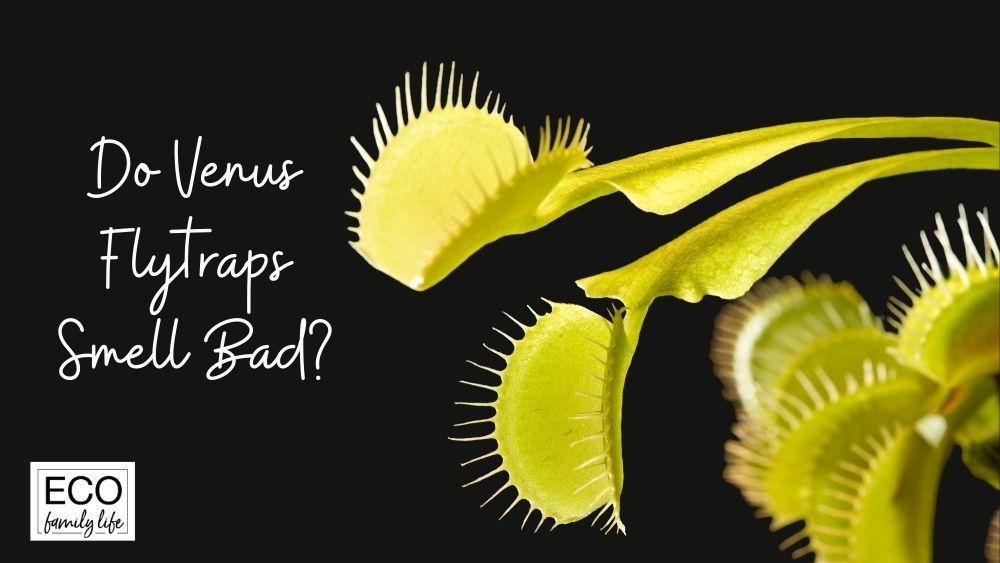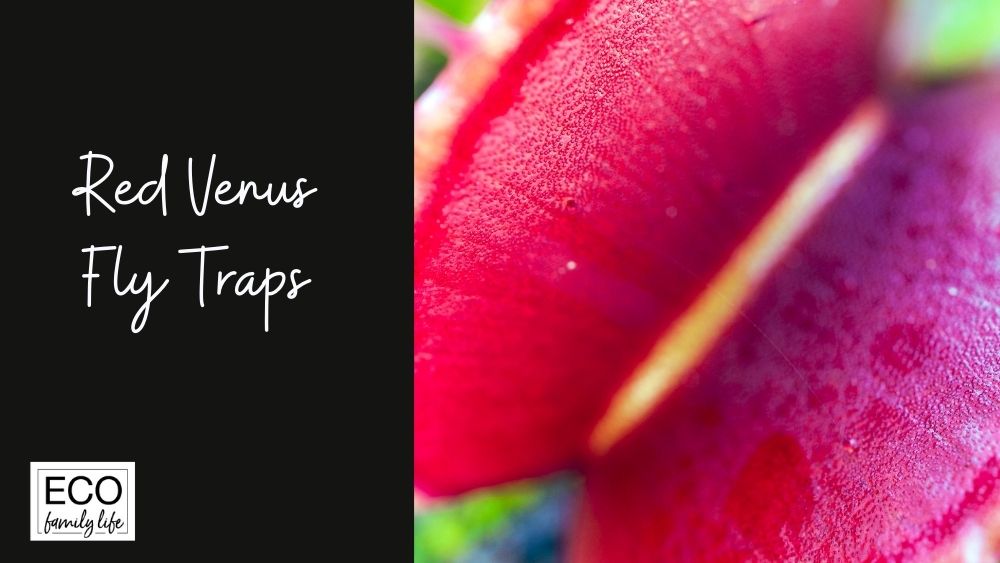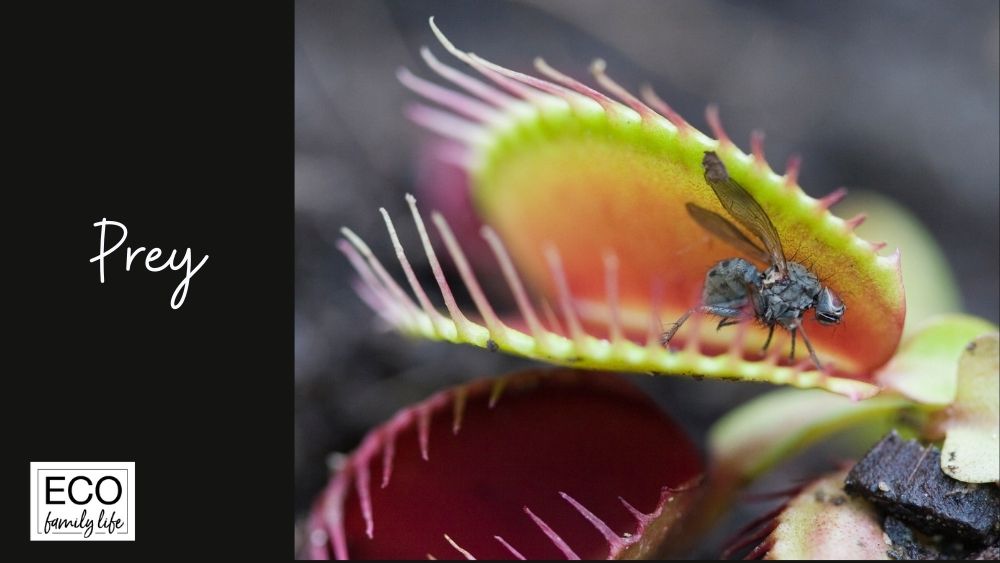All sorts of people love Venus flytraps, in part because they are a great addition to the modern home and in part because they are such unique plants. If you’ve never purchased one of these plants, you might wonder if they add any odor to your home.
While some people have claimed that their Venus flytrap plant smells bad, the truth is that these plants rarely have a negative smell. In fact, more often than not, Venus flytraps only smell bad if there is something wrong with the soil or the plant is still digesting an insect, which can last up to 10 days.

They can also smell bad if their leaves start to rot or if something goes wrong during the digestion process. But on their own, they rarely have a strong smell that is unpleasant to those around them.
They may have a slight odor, but most people only notice it when they’re close to the plant. Venus flytraps are indeed unique plants, and below are a few things you might want to know about them before you consider buying one.
1. Some venus flytraps are red
While a lot of people are unaware of this, some Venus flytraps are a gorgeous shade of red, and their name is translated to “red dragon” in Japanese.

Both the inside and the outside of the leaves are a purplish-red color or a dark maroon color, which makes them stand out among other plants. This variation of Venus flytrap, known as the Akai Ryu cultivar, has been developed by humans and therefore does not grow in the wild.
2. Venus fly traps are endangered species
Thanks to increased urbanization and agricultural developments, the original habitat of the Venus flytrap is changing drastically. Poaching is also a problem. In many states it is either a misdemeanor or even a felony to poach or harm the plants.
This is why, if you ever see a Venus flytrap outdoors, it’s best to leave it alone. If you wish to buy one, make sure you buy it from a reputable nursery.
3. The venus flytrap’s prey actually dies by drowning
Many people assume that the prey of the Venus flytrap gets eaten but in fact, it dies due to drowning. The plant starts by catching a bug in one of its traps, which causes the trap to close automatically.

Next, the special glands of the plant will secrete enzymes inside of the trap, which causes it to fill up and causes the prey to drown.
4. Venus fly traps eat more than flies
Many people assume that Venus flytraps eat flies and nothing else, but the fact is they have a fairly varied diet. It includes crickets, grasshoppers, ants, beetles, slugs, and spiders, among other things. As long as a bug is small enough to fit in the trap of the Venus flytrap, the plant is able to capture it.
Venus flytraps are also carnivorous plants that can consume meat, so if they’re large enough they can capture and eat frogs, rodents, and even small birds.
5. Venus fly traps can also produce flowers
Venus flytraps can grow flowers and produce several flower stalks at a time. The stalks go on to become flowers in bunches. The flowers themselves are white with green veins running through the petals.
Even though they are not the most exceptional flowers on the planet, the growers of these flowers can still fertilize them and then harvest the seeds. Unlike what many people believe, this plant’s traps are not flowers.
6. Venus flytraps use bright colors and sweet nectar to lure their prey
When bugs get close to a Venus flytrap, they can smell its sweet nectar and always notice the inside of its traps, which are usually a bright-red color. Believing the red interior to be a flower, bugs fly right into the trap and become the plant’s next meal.
The insects that crawl simply crawl into the trap. Either way, the venus fly trap must lure an insect into its trap to become its next prey.
7. Tap water can cause problems for venus fly traps
Venus flytraps aren’t able to tolerate nutrients in either soil or water, so watering them with tap water or even bottled water is never a good idea. Instead, you can use rainwater, distilled water, or even reverse osmosis water.
In fact, for any type of carnivorous plant, watering them with any type of water that has nutrients in it could be disastrous, even if all that’s added is some minerals to make it taste better.
8. Be careful with fertilizer on your venus fly trap
With most house plants, using fertilizer regularly does a lot of good, but this is not the case with Venus flytraps. Why? Because Venus flytraps have a hard time processing nutrients and minerals found in the environment.
If you use a fertilizer on your Venus flytrap, you could end up killing it in the end. This is especially true if you apply the fertilizer to a seedling or a very young plant. To be on the safe side, it’s a good idea to avoid applying fertilizers at any time when you have a Venus flytrap in your home.
Conclusion
Because Venus flytraps secrete sweet nectar to lure in certain insects, they do not normally smell bad. Most venus flytraps have a neutral scent, but when digestion is taking place – their odor can be a bit stronger than usual.
To grow properly, Venus flytraps need lots of sun, lots of water (distilled or similar), and a nutrient-free soil. They are actually a very simple plant to grow and can be interesting as well.
If you’re interested in having a Venus flytrap in your home, you now know a little about this plant and likely realize how much fun it would be to own one. Taking care of them is easy so you should be able to enjoy your Venus flytrap for many years to come.
I am an accredited practicing dietitian, experienced gardener and a dedicated cook. I love writing and sharing my experience so you can learn from my successes and mistakes.
